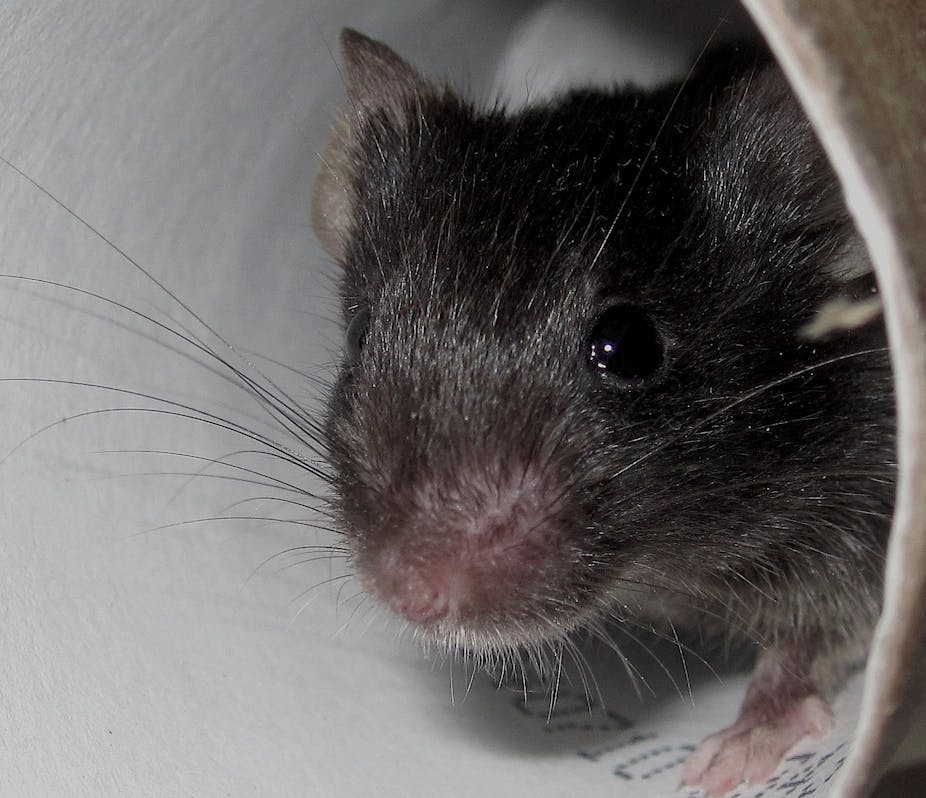The phrase “growth hormone” conjures up images of either the very tall or the very short. And yes, growth hormone is important for promoting linear growth but this hard-working hormone also controls many other essential functions within the body.
The anabolic (or building) actions of growth hormone are vital to healthy development and ageing. Growth hormone sustains muscle mass, maintains “ideal” body composition by promoting the use of fat for energy, helps the body heal, and even staves off ageing.
The underproduction of growth hormone (or growth hormone deficiency) is a common problem among people who are overweight or obese.
Since growth hormone builds muscle at the expense of fat, the reduction in growth hormone secretion in an obese person may contribute to difficulties in losing weight and sustaining this healthy body weight.
As we age, the secretion of growth hormone declines, and we become more likely to gain weight and lose muscle. More importantly, our bodies miss out on the valuable anabolic benefits of growth hormone.
Big discoveries come in little packages
The miraculous functions of growth hormone are matched by a complex pattern of secretion.
Growth hormone is released in periodic bursts or pulses. This “pulsatile” pattern of secretion varies throughout the day, and can be affected by stress, exercise or dietary habits. It also dictates the anabolic actions of growth hormone and makes growth hormone very difficult to study.
Scientists have studied the complicated pattern of growth hormone secretion for 30 years.
During this time, they have discovered many mechanisms that control growth hormone secretion; identified how particular diseases may impact growth hormone secretion and; learnt how growth hormone deficiency or excess may cause some diseases.
Many of these studies were done in humans, but some of the more remarkable breakthroughs relied on the use of valuable research animals including rats, pigs and sheep.
Due to their relatively large size and similarity to humans in terms of growth hormone secretions, these research companions have taught us all we know.
The sequencing of the human genome opened up a whole new frontier for medical research – we discovered many of our genes are as important as our actions in determining whether we get ill.
The humble mouse became the key for unlocking the potential for genetic research and our greatest ally in fighting disease: by genetically altering mice, we have been able to discover how genes may contribute to human diseases.
But until recently, the true potential of the mouse in growth hormone research remained hidden. Due to its small size, we were unable to measure the pulsatile pattern of growth hormone secretion in the mouse and many critical observations linking particular genes with the secretion of growth hormone couldn’t be made.
Unlocking the potential of the mouse
This frustrating inability to properly study the mouse motivated our team, Dr Frederik Steyn, Dr Lili Huang and Professor Chen Chen to “reinvent” the way we study the mouse.
Our biggest hurdle was the fact that the average mouse has less than two and a half millilitres of blood. That is over 2000 times less blood than the average person.
To properly determine pulsatile growth hormone secretion in the mouse we had to collect a blood sample every 10 minutes for at least six consecutive hours.
Using conventional methods, there simply isn’t enough blood in a single mouse to accurately measure growth hormone without causing harm.
So it was clear that measuring the pulsatile secretion of growth hormone in mice would have to be done unconventionally.
We set out to develop an assay – a procedure for measuring the amount of a specific protein in a sample – for measuring mouse growth hormone in less than one drop of blood.
After a lot of work and a little luck we developed an assay that was so sensitive that, should the growth hormone contained inside a single mouse become diluted into a bathtub full of water, we would still be able to detect its growth hormone in a single drop of this water.
By combining this procedure with a simple technique to collect many tiny blood samples – 25 times smaller in volume than a single drop of blood – we were able to measure the pulsatile secretion of growth hormone in the mouse.
For the first time, we could see the pattern of growth hormone secretion in the mouse. More importantly, we had unlocked the full potential of the mouse to help define the impact of genetic alterations on the secretion of growth hormone.
A new beginning for growth hormone research
We have now started to confirm that the processes regulating the secretion of growth hormone in mice match that observed in humans.
More importantly, the first studies in which we define the impact of genetic alterations on the secretion of growth hormone are under way.
In time, these studies will define how we look at disease and how we may harness the anabolic actions of growth hormone to slow the progression of, or even cure, disease. They will show us how we may be able to correct growth hormone deficiency to promote health.
As we head back to the lab, our team can’t help but feel a sense of anticipation. We may not take over the world (Narf), but we did uncover the canvas upon we which we will paint the future of growth hormone research.

